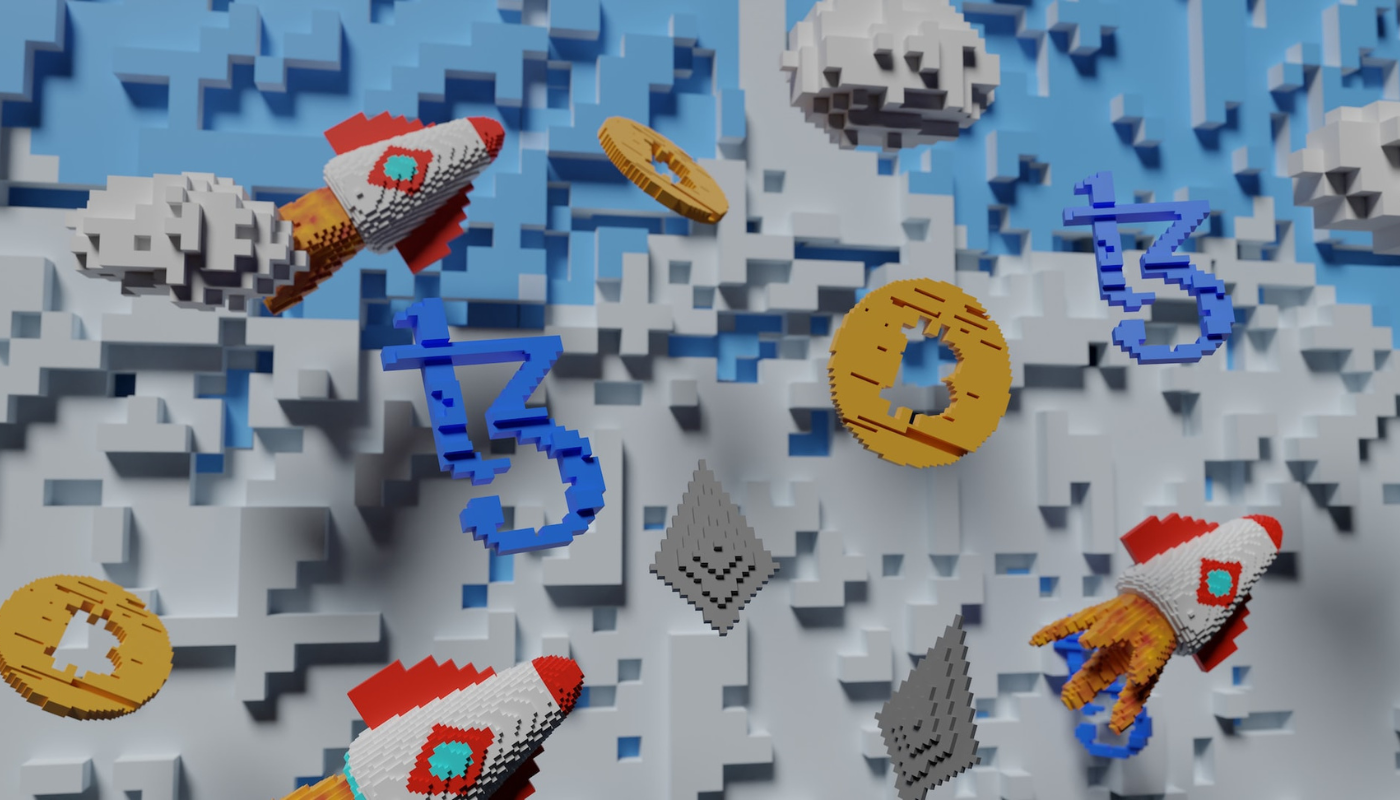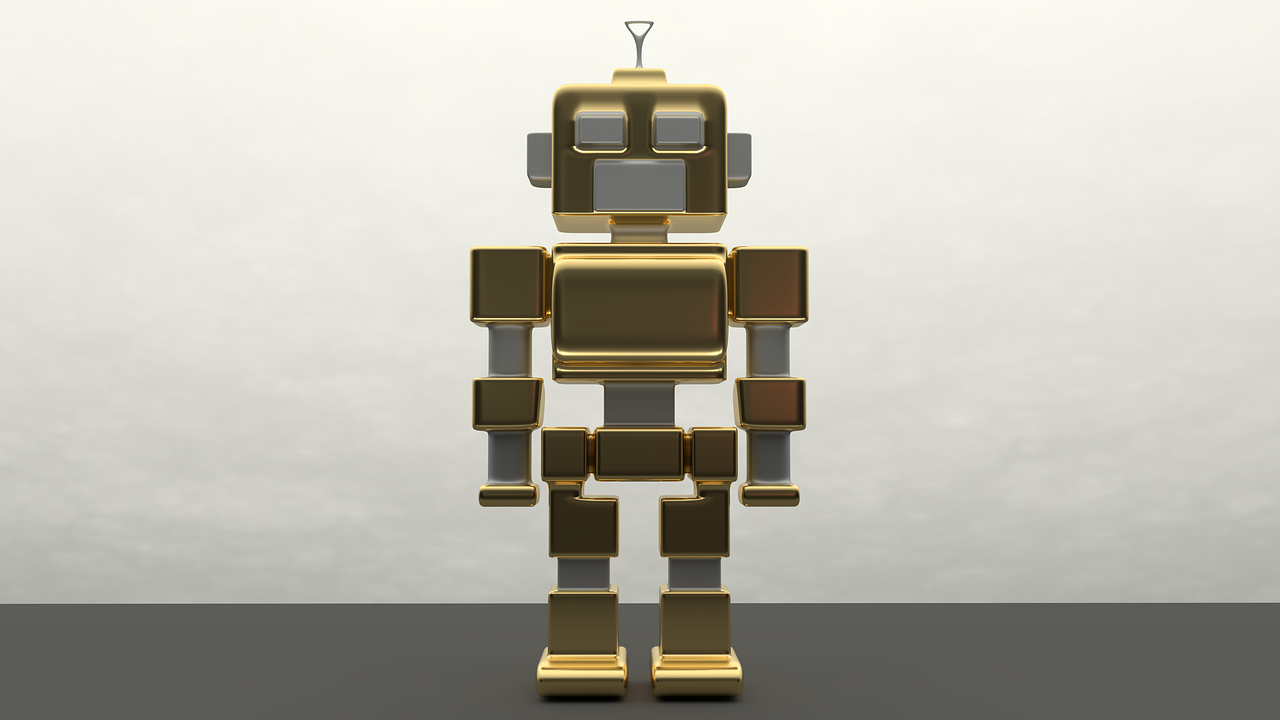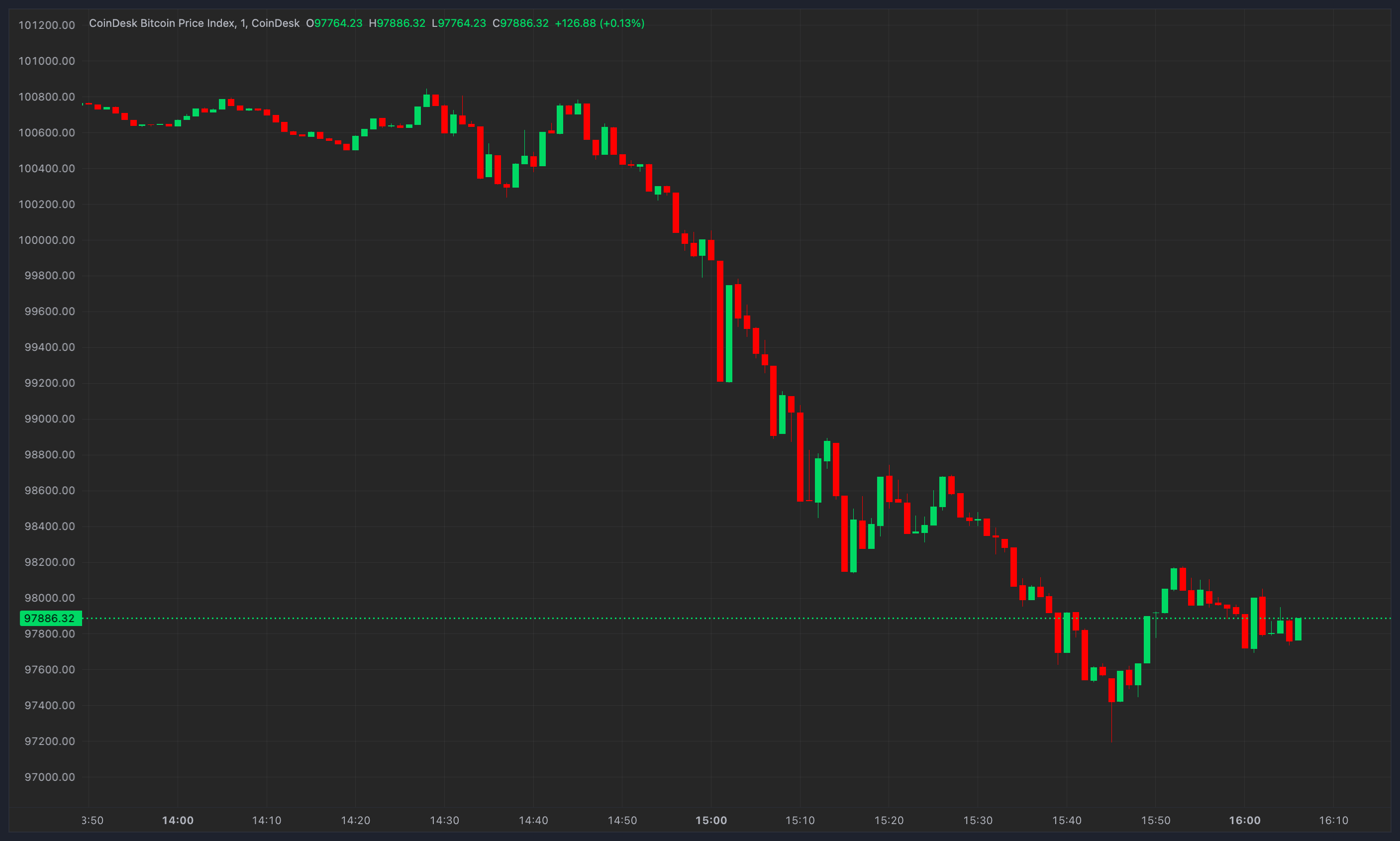Understandably, when most people think of NFTs, they do so under a primarily digital framework. That makes perfect sense. After all, the underlying technology that makes minting an NFT possible in the first place mostly exists as software — blockchain technology. But can NFTs be physical objects? The answer is yes.
Despite how the prevailing mainstream conversation around NFTs is continually misdirected toward “expensive monkey JPEGs,” there’s so much more possible with this technology than enabling the sales of digital images. And it all starts with how people have been minting NFTs tied to physical objects.
Why mint physical NFTs?
Minting a digital asset as an NFT comes with a broad range of benefits. For one, it’s a great way to ensure that something stays put online indefinitely, thanks to the way NFTs work. When an NFT is minted, its existence is effectively etched upon the respective blockchain that’s hosting it. And that NFT will remain in an inalterable state for an indefinite, if not endless, amount of time.
The same goes for records of its sales — or any transaction related to the NFT. These are also etched into the blockchain — marked down on a digital ledge for the rest of time. Thanks to these benefits, NFTs enable a greater degree of security and transparency in online — and at times offline — transactions.
These qualities of NFTs are precisely why use cases are extending far beyond the digital realm. So where exactly do NFTs fit IRL?
NFTs and the art industry
In the larger art industry, this technology can potentially prove to be a massive boon to all parties involved. One issue plaguing museums around the world is the issue of provenance, as reported on an October 2022 episode of Last Week Tonight. One particularly egregious example mentioned in the episode was an authentic Egyptian sarcophagus put on display at the Met. The problem? It was stolen during the 2011 Egyptian revolution — and purchased by the Met for a whopping $4 million despite lacking comprehensive certification for its authenticity and provenance.
With NFTs, considerable progress can be made in avoiding the possibility of bad actors fetching stolen goods via disreputable channels. Should someone with bad intentions try to nab an artifact or physical piece of art, all a prospective buyer has to do to ensure authenticity is to check its transaction history — provided of course that it was minted as an NFT beforehand.
NFTs are also a great way to ensure that high-value auctions for physical objects and artifacts go smoothly, since they can also function as a uniquely secure and irrefutable certificate of authenticity. Such was the case when several objects from the famed Apollo 11 mission were auctioned off for millions of dollars earlier in 2022. Without their NFT certificates of authenticity, that might have not even been possible, considering that the objects in question included a pen and a broken fuse switch.

In some cases, Web3 development firms like Americana have developed technologies to enable users to ‘mint’ virtually any physical as an NFT via what’s called a Universal NFTA Chip. With that, Americana has essentially opened up the NFT art landscape to artists who specialize in strictly physical mediums. Take the medium of sculpture, for example. Sure, you can mint a photo of a sculpture, but it isn’t the same as minting the sculpture itself. Which arguably, can only be fully appreciated in all its glory in person where it can be viewed freely from any angle.
The collectible market
NFT collections often drop with several thousand pieces of varying rarity, but some individuals in the NFT space have approached the purchase, sale, and trade of NFTs as something of a collectible affair. Several projects like NBA Top Shot have emerged with hopes of replicating the massive surge in popularity that physical collectibles enjoy.
But NFTs don’t need to serve as competitors to physical collectibles. Several firms, like Collect9, have also used NFTs as a way to digitize ownership of physical goods — particularly, collectible items. Sports trading cards often sell for millions of dollars on the open market, which gives owners the chance to further secure their potentially multi-million dollar assets with immutable records of ownership and possession. And that sounds like a proposition capable of benefitting all parties.
The concept of ownership has been a hot topic in Web3, to put it lightly. However, what makes the world of NFTs truly unique is the headway it’s made in enabling users to effectively and easily share ownership of a high-value item via the purchase of a fractional NFT. Through these types of NFTs, users can purchase a share or portion of a high-value NFT, instead of the whole thing. For NFTs as pricey as Bored Apes and CryptoPunks, that makes all the difference. It also makes committing to these investments less risky.
Physical pieces of art or rare IRL collectibles continue to be expensive, so minting these items as NFTs can provide buyers with the same utility. Regardless of your feelings on Logan Paul, the YouTube mogul has shown to be cognizant of that possibility with the launch of his Liquid Marketplace. Through his platform, users can co-own a wide range of rare collectibles for prices that make more sense for their respective budgets.
The mundane is fair game
Although discussion so far has mostly remained contained to minting exclusive, high-value physical assets or items as NFTs, not all potential applications of NFTs in the physical world need to be that hyped. Potentially, NFTs could also enable all sorts of mundane — but important — utilities for people worldwide. For example, the Romanian government is considering the tokenization of government documents.
In June 2022, Romania’s National Institute for Research and Development In Informatics, in partnership with Elrond, announced that an institutional NFT marketplace was in the works for Romanian citizens. Through this marketplace, Romanian citizens would gain the ability to securely access, transfer, and store official documents on the blockchain as an NFT.
“NFTs represent the provenance of creation and ownership for digital assets,” said Elrond CEO Beniamin Mincu in an earlier interview with nft now. “Being recorded on a distributed public ledger, everything is transparent and traceable, thereby the sharing of data between government institutions can be enhanced, reducing bureaucracy and improving the efficiency and effectiveness of government services.” A mundane application for sure, but one that’s sure to be felt by the 99 percent of people in the world without high-value items lying around the house waiting to be sold and minted as an NFT.
Read More: nftnow.com









 Bitcoin
Bitcoin  Ethereum
Ethereum  Tether
Tether  XRP
XRP  Solana
Solana  Dogecoin
Dogecoin  USDC
USDC  Cardano
Cardano  Lido Staked Ether
Lido Staked Ether  TRON
TRON  Avalanche
Avalanche  Sui
Sui  Wrapped stETH
Wrapped stETH  Chainlink
Chainlink  Toncoin
Toncoin  Stellar
Stellar  Shiba Inu
Shiba Inu  Wrapped Bitcoin
Wrapped Bitcoin  Hedera
Hedera  Polkadot
Polkadot  WETH
WETH  Bitcoin Cash
Bitcoin Cash  LEO Token
LEO Token  Uniswap
Uniswap  Litecoin
Litecoin  Pepe
Pepe  Hyperliquid
Hyperliquid  Wrapped eETH
Wrapped eETH  NEAR Protocol
NEAR Protocol  Ethena USDe
Ethena USDe  USDS
USDS  Internet Computer
Internet Computer  Aptos
Aptos  Aave
Aave  Mantle
Mantle  Render
Render  Cronos
Cronos  POL (ex-MATIC)
POL (ex-MATIC)  Ethereum Classic
Ethereum Classic  Bittensor
Bittensor  MANTRA
MANTRA  WhiteBIT Coin
WhiteBIT Coin  Virtuals Protocol
Virtuals Protocol  Artificial Superintelligence Alliance
Artificial Superintelligence Alliance  Tokenize Xchange
Tokenize Xchange  Monero
Monero  Dai
Dai